We have teamed up with film distributor Peccadillo Pictures to give you the opportunity to watch this new release at home, and support Plymouth Arts Cinema at the same time. Rent the film from July 2 via Vimeo (embedded below) and PAC will receive 25% of the rental fee. The film costs £9.49 to watch so if there are more than one of you watching it’s a great value cinema ticket.
A White, White Day
Dir: Hlynur Pálmason, Starring Ingvar Sigurðsson, Ída Mekkín Hlynsdóttir, Hilmir Snær Guðnason, Björn Ingi Hilmarsson, Elma Stefanía Ágústsdóttir, Sara Dögg Ásgeirsdóttir | Running time 1 hr 49 min | Cert 15 | DCP 5.1 Icelandic Language with English Subtitles | Contains a sequence of flashing lights which might affect viewers who are susceptible to photosensitive epilepsy
He is a man, a father, a grandfather, a policeman, a widower
In a remote Icelandic town, Ingimundur, an off-duty police chief begins to suspect a local man of having had an affair with his late wife. Gradually his obsession for finding out the truth accumulates and inevitably begins to endanger himself and his loved ones.
Nominated for 12 Edda Awards, including Best Film, Best Director, Best Actor, Supporting Actress, Music.
INTERVIEW WITH DIRECTOR HLYNUR PÁLMASON BY MARTA BAŁAGA
You open the film with a quote about how “when everything is white, and you can no longer see the difference between the earth and the sky, the dead can talk to us who are still living”. Which immediately made me think of it as a ghost story of sorts, with a man chasing the truth about his late wife. I think I’m drawn to things that I find mysterious and have a certain amount of ambiguity over it. Things that are hidden are full of possibilities and stimulate one’s imagination. I think one of the main drives in working is the passion and desire for exploring the unknown.
There are some odd moments in the film, like the TV show for kids that is shown for quite a long time. Why? I don’t think it’s that odd, not if you watch TV or see what’s playing on people’s phones. I think the scene touches upon things that the film is exploring and does it in a playful way. There is a Chinese saying that I like “The more you know, the less weird it is.”
Do you usually use genre as a starting point, but then move away from it to tell your own story? I’ve never thought about genres, I know very little about them. I don’t think I’m that conscious about where the film is going, but for me A White, White Day was about two kinds of love. Love that you have for your children or grand- children, which is simple, pure and unconditional and then another kind of love – a love you have for your partner, your lover, wife etc. That is something completely different, it’s more com- plex, intimate, animalistic and something quite unique that you don’t have with anyone else.
In the film we don’t really get to find out much about his wife – without any flash- back or just brief mentions, she remains a fantasy. I wanted her to be present in the film, but not through flashbacks or anything too sentimental. I wanted her to be mentioned and to be pre- sent through objects, images and the video tape. By doing this I feel that there is more space for our imagination, we project our own images and feelings into her, and she stays a bit mysterious. The moments with her in the film are extremely important, but at the same sparse and I didn’t want to overdo them with sentimental flash- backs or too much information. Life is mysterious and we tried to embrace that.
The soundtrack echoes that. What kind of feelings did you want it to convey? Also, because it suggests something is about to go wrong basically from the very beginning. I wanted the music to fit the film’s temperament, to sound very bright and beautiful and move effortlessly into something darker and more mysterious. It was very exciting to work with the music by Edmund Finnis. I’m a big fan of his work and I think his music works so wonderfully with sound. It gives air for sound and the film gives air for music, so I think these two elements work very well together, without suffocating each other.
You actually got to work with Ingvar Sigurðsson before on The Painter (2013), your graduation film from the National Film School of Denmark. What made you think of him again, and especially for this role? I loved working with Ingvar on my graduation film and felt that there were so many things we could explore together, so I wrote and developed A White, White Day with him in mind and in close dialog with him. Ingvar is an extremely physical actor, but at the same time very emotionally present and a great collaborator. He has a very deep understanding of how to move and work with all the effortless gestures that we are able to capture with the film camera. So, he is very good technically with both dialog and movement and this gives me a lot of freedom to write and play out very long and complex scenes and scenarios that are often difficult to execute. I also feel that he devoted himself 100% to the project and was very present and involved emotionally and that’s basically what I really want and need from my close collaborators.
We didn’t really discuss his relationship with his granddaughter, one that’s probably one of the most important in the film. How did you see these two interact, and also this interaction to change? His granddaughter is the apple of his eye and represents the unconditional love you have for your child or grandchild. It’s simple, pure and it has an almost healing effect on the protagonist. It was very important for me that I enjoyed being with them and that they had this natural way of hanging out together.
It’s interesting that while surrounded by family, Ingimundur is still very much on his own with his pain. Why were you drawn to grief, which is slowly boiling here until it pretty much bursts? Having something you love already gives into the possibility that you will experience great loss. Ingimundur lost someone he adored and loved and then something… some dark doubt started to make him question what they had together. When someone is in this kind of state, in a moment of weakness, you often find him in the most human state. That’s what I wanted to explore.
It’s true – instead of cherishing his memories, it’s almost as if he was trying to sabotage them. Why does he decide to find out the truth? It’s a journey that can’t possibly bring him peace, or can it? I think they must have had something very special together, so he doesn’t really have a choice. It’s up to the individual that experiences the film to find out if they think it can bring him peace or if he’s just hurting himself. I hope the film is open for interpretation, so it depends very much on the individual watching the film. I think that the films and other works of art that I really like are always very respectful and open for interpretation. All good art probably is.
You explored a sense of isolation before in Winter Brothers. What draws you to these “strong, silent types”, so unwilling to open up? And also, while that film was billed as “a lack-of-love story”, this one seems to be about a gradual destruction of one, interestingly enough by a person that still feels it so deeply. I find Emil, the protagonist in Winter Brothers, very different from Ingimundur in A White, White Day. But perhaps they both feel left be- hind in a way or unfulfilled or unsatisfied, I don’t know. Emil lacks love, being seen by someone, wanted and desired. Ingimundur is left behind with all these feelings of sorrow, doubt and an- ger. I think that A White, White Day is a story of love and hate at the same time because the most beautiful thoughts are often close to the darkest ones. The people you love and adore often experience your worst sides and the line between loving someone and hating someone is very thin.
There are some scenes showing the passing of time, especially around the house. But in his case, time seems to be still. He is barely able to move on. Can you tell us more about how the time passes in your film? Cinema is very much about rhythm for me, a composition made with images, sound, movement, music, dialog etc. My collaboration with my editor Julius Krebs Damsbo is very important for me and it’s there where we dive deep into the film and find it’s rhythm and temperament. Observing the house Ingimundur is building is very much a part of the process of dealing with loss. It’s about passing time, about keeping busy and trying to stay sane. We experience time passing, we see the seasons go by and experience the ever-changing weather, day and night, cold and warmth, beauty and brutality. I wanted the prologue to express the passing of time. When she died, she left her husband alone with all these feelings of sorrow, anger and doubt. The film is in a way a diatribe, a hate poem to his wife that he misses to pieces. In a way he’s like an open wound incapable of healing or moving on.

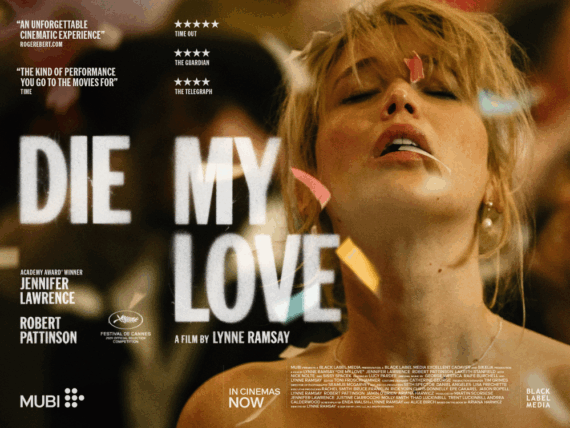
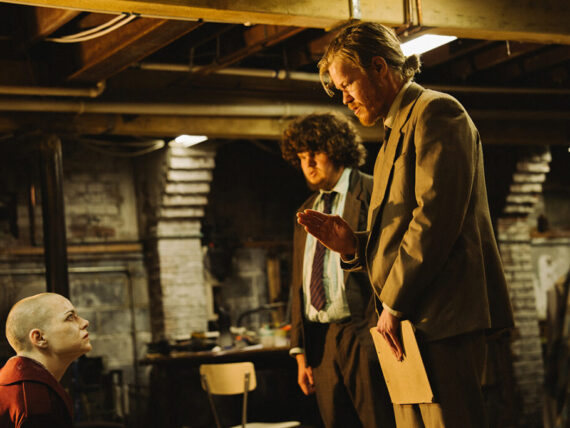
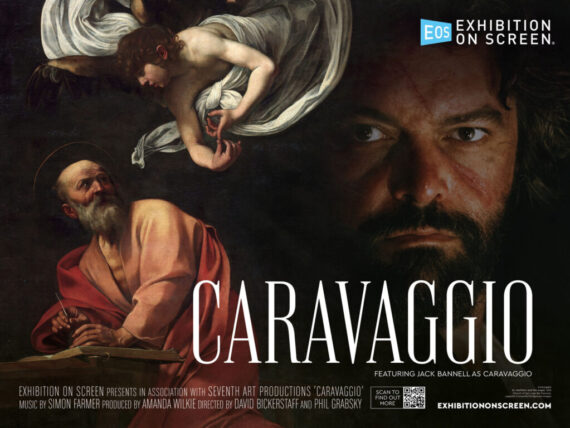
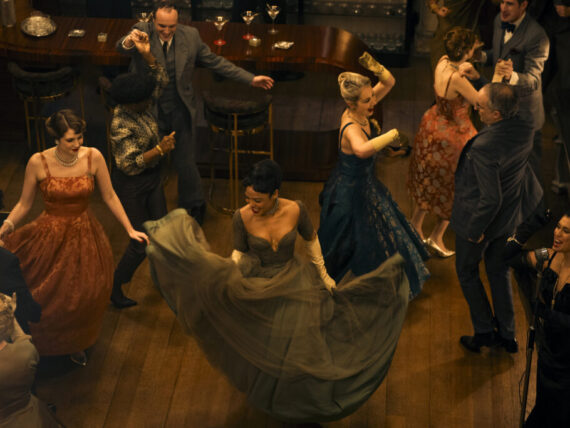
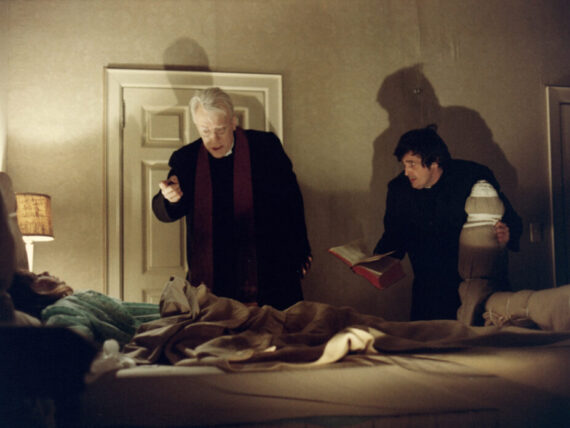
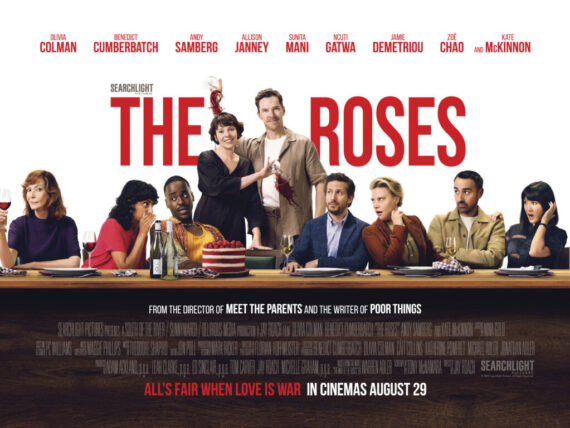
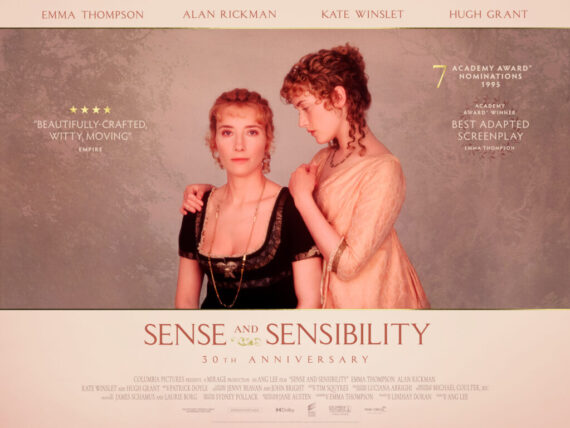

Comments
No comment yet.